Soy is a type of legume, native to Asia and consumed in a variety of ways. The most known are soy milk and tofu. You can find this commonly in yoghurts, soybeans, cheeses, meat substitutes for vegetarians such as chicken pieces and fish pieces.
Soy is unique in that it contains a high concentration of isoflavones – a type of plant estrogen (phytoestrogen) that is similar in function to human estrogen but with much weaker effects. Soy isoflavones can bind to estrogen receptors in the body and cause either weak estrogenic or anti-estrogenic activity.
THE 2 MAJOR SOY ISOFLAVONES ARE CALLED GENISTEIN & DAIDZEIN
HARVARD T.H. CHAN, School of Public Health
Bear in mind that while these concerns are common and general, few of them are supported by sound science. Furthermore, when negative effects have been observed, they often followed the consumption of very large amounts of soy.




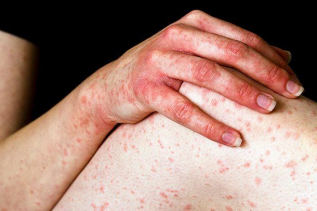

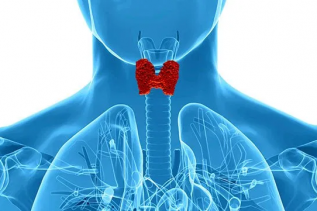
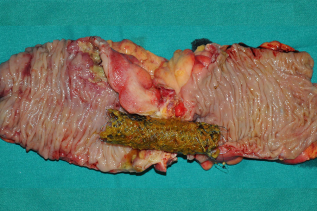

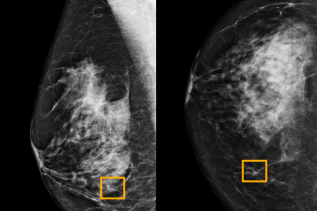
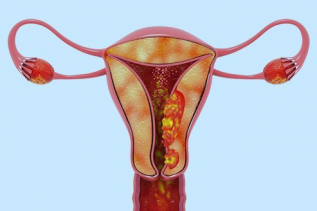
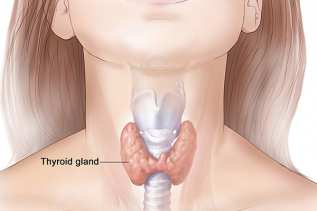
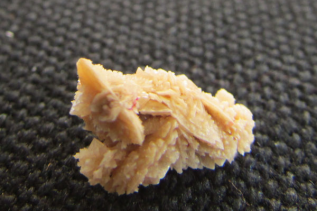
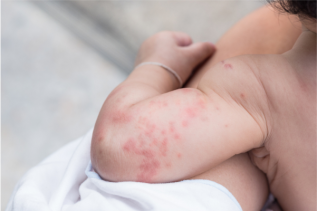
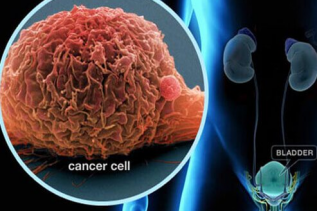
Smith tells us that the major concern with soy products is that they’re so over-produced and over-processed, and the numbers certainly back her up. The issue here is that almost all genetically modified soybeans are designed to be “Roundup Ready” (i.e. they’re engineered to withstand heavy doses of herbicides that basically kill any and every unwanted vegetation without killing the soybean plant itself). According to the FDA, the main active ingredient for “ROUNDUP” is Flyphosate- “Probably carcinogenic to humans”. This means some seriously bad news for your health.
According to a study published in Food Chemistry, researchers found that genetically engineered soybeans accumulate and absorb (you can’t just rinse it off) high levels of glyphosate (up to 8.8mg/kg) upon being sprayed during their growing season. They also have poorer nutritional profiles compared to organic soybeans. Even though the maximum residue level (MRL) in the US is 20 mg/KG, countless studies in animals and using human cells have found serious negative health effects at concentrations far below the MRLs, including causing misccariages and abnormal fetal development by interfering with hormone productions.
New Research studied that high intake of soybean oil will lead to weight gain. Our bodies evolved on a near eual balance of Omega-6 Fatty Acids & Omega-3 fatty acids. Over the last century, our diets have shifted completely to Omega-6s. According to a study in Nutrients, most Americans are getting 20 times the amount of omega-6s than we really need. Some of the adverse effects of Omega-6s are inflammation-causing, fat-storing, and weight-gain inducing; whereas omega-3s are anti-inflammatory. But what are the causes for such shift? High consumption of foods that have been fried in soybean oil, which has an omega-6 to omega-3 ratio of 7.5:1. (For your reference, a neutral oil alternative like canola oil is only 2.2:1
Oral allergy syndrome (OAS) occurs when your body mistakes proteins in certain raw foods for the same allergenic proteins in pollen, confusing your immune system and making existing allergy symptoms worse.
A study done by a Japanese found that 10% of patients with birch pollen allergies exhibited sensitivity to soy milk.
Even though soy milk is processed, and wasn’t thought to be able to evoke an OAS response, researchers speculate the symptoms might be due to the fact that soy milk’s protein are not broken down that much during processing, leaving these allergy-inducing compounds apparent in the milk.
Soybeans have a higher phytate content than any other grain or legume that has been studied. This anti-nutrient binds to important minerals like iron, calcium, magnesium, and zinc and limits their absorption. Adequate levels of zinc are especially important for anxious people, as deficiencies are common and have shown to induce anxious behaviour and depression.
Even though soy is packed with lean protein, it is also packed with trypsin and protease inhibitors – enzymes that make the digestion of protein incredibly difficult, causing some gastric distress along with a deficiency in amino acid uptake if soy is eaten in excess. The only way to destroy these anti-nutrients is by soaking and cooking the beans.
Soy is loaded with Fiber & Oligosaccharides, prebiotic compounds that help feed our healthy gut bacteria. But, it is also known to cause fatulence and bloating.
References: